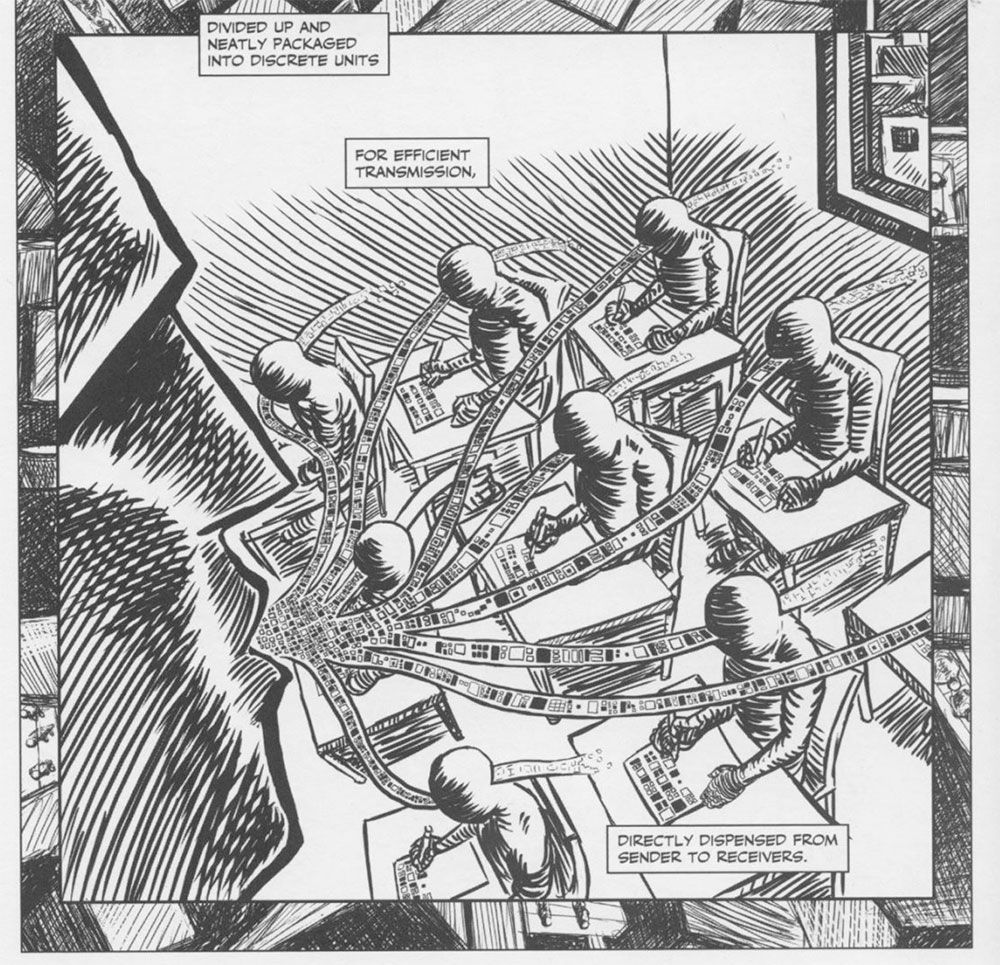It’s been a long week. And it’s only Wednesday. In so many ways, I’ve felt the tension and intensity we’ve all felt. Like we can’t be our best selves at anything right now, because we’re being pulled in so many different directions all at once.
Have you felt it?
I know teachers feel it when having to engage students in remote, hybrid, or blended environments. Just so many directions to be pulled in. Instructional coaches feel it, asking teachers to succeed at things that we know are nearly impossible demands. Administrators feel it, being asked to please parents while protecting the boundaries of their faculty, all the while worrying about the safety of everyone involved in this pandemic period of compromised pedagogy.
And don’t forget, the students feel it too.
As a teacher, instructional coach, and administrator, I’ve been through all of these described scenarios in just the first part of this week: A feeling of defeat when trying to engage students in an unnatural, hybrid environment, a feeling of unease about how well (or more likely how poorly) I’ve served and supported the interests of teachers, and a feeling of pressure when on the phone with rightfully concerned parents whose expectations are really hard to meet at a moment like this one.
It’s hard. For all of us.
Perhaps for cathartic reasons, I listened to Kate Tempest’s poignant musical piece, “People’s Faces,” on the commute home today. Her words hit hard:
We got our heads down and our hackles up
Our back’s against the wall
I can feel you aching
Even when I’m weak and I’m breaking
I’ll stand weeping at the train station
‘Cause I can see your faces
There is so much peace to be found in people’s faces…
I stare out at my city on another difficult day
And I scream inwardly when will this change
I’m beginning to fade
But my sanity’s saved, ‘cause I can see your faces…
I love people’s faces.
I love people’s faces…
That hit me hard, especially when reflecting on our situations as teachers and as students.
Remote learning was tough last spring, and it’s still an insurmountable challenge. But if you haven’t returned to classrooms yet, I want to prepare you for another difficulty that stands before us: the idea of teaching while everyone’s wearing a mask. How does one inspire learning without the beckoning of the human face? That question has haunted me lately.
It took me back to my academic days as a philosophy grad student:
To approach the Other in conversation is to welcome his expression...It is therefore to receive from the Other beyond the capacity of the I, which means exactly: to have the idea of infinity. But this also means: to be taught. The relation with the Other, or Conversation, is a non-allergic relation, an ethical relation; but inasmuch as it is welcomed this conversation is a teaching. Teaching is not reducible to maieutics; it comes from the exterior and brings me more than I contain. In its non-violent transitivity the very epiphany of the face is produced.
— Emmanuel Levinas, Totality and Infinity
Perhaps that quote seems a bit… esoteric upon first read, but let me break it down (at least parts of it). Emmanuel Levinas was an influential Jewish philosopher who witnessed the horrors of the holocaust and later became one of Europe’s most influential intellectuals.
Departing from his European predecessors, he claimed that philosophy starts, not with epistemology or metaphysics, but with ethics — it was what he called the first philosophy (aka the ground floor foundations for philosophical thought). And ethics originates, not in a delineation of ethical/moral principles, but with the originary experience of encountering another human’s face. The Face calls for us, pre-intellectually speaking, to be responsible for each other, not to harm but to care for each other, and responsibility for “an Other” is the condition that makes human relationships possible.
Let’s just say I consider myself to be a Levinasian pedagogist (as pretentious as that sounds) because relationships, in my opinion, are the roots from which learning sprouts forth, meaning responsibility for the Other is our first pedagogy. Nothing else succeeds in the effort to educate an Other if that foundation isn’t laid. It’s this encounter with the human face that also calls for the student to take responsibility for the relational partnership of learning together.
And this brings me to the insight that hit me while driving home today: It is really hard to establish with students a foundational relationship for learning and discovery when there’s so much distance between us. I don’t mean geographical distance; I’m talking about the masks.

Levinas claimed, “Teaching is not reducible to maieutics,” which is a fancy word for what we call the Socratic method. We don’t start with Socratic Seminars to spark learning in a student; it will never succeed on its own. We start by seeing each other’s expressions — seeing each other’s infinite humanity by recognizing the Face of an Other. Without that we’re just forcing something to happen in the moment, and not inspiring lifelong transformation.
That’s why “I love people’s faces… There is so much peace to be found in people’s faces.”
This has been a challenge, and ironically what’s helped along the way is that, every other day, the students and I encounter each other virtually on Zoom, where we can actually see each other’s faces and expressions.
And again, keep in mind students feel this distance too. Resist the temptation to react in frustration if they don’t readily engage in Socratic forms of discussion. They can’t see you, and it’s isolating.

I’m most concerned when I consider the imperative to create safe, culturally responsive spaces for learning. If we’ve got masks on, how might we communicate to every diverse student that “I see you; you are safe here, and I want to hear your voice”? That’s the second layer of the challenge that lays before us, and to quote Kate Tempest: “I don’t have the answers, but there are still things to say.”
This post was more on the philosophical side of things. I plan to post some more practical reflections over the next week that are related to how we might teach successfully in a synchronous, hybrid learning environment. Stay tuned.
Comments